When Marc Vetri’s grandfather was crossing the Atlantic, bound for the States from Sicily in 1918, the process of making pasta was probably not his primary concern. More likely, he was a bit preoccupied with the business of being a stowaway. “He came in the cargo hold. No Ellis Island for him,” Vetri laughs.
Back on a misty Philadelphia present day, I’m fighting a lingering chill thanks to the wet and winding walk from my hotel. I’m groggy from having gotten in on a late flight, struggling with miscommunicated reservations, and generally sleeping like hell. But beside the front window of the chef’s flagship eponymous restaurant––sitting at a weathered wooden six-top in fog-diffused morning light within earshot of the early, even kitchen thrum––I listen to Vetri imagine his ancestor’s journey with a smile that make me certain he’s done so many times, and there’s an allaying warmth to the place and the company. Besides, suddenly my own travel experience doesn’t seem quite so trying.
And while the byproduct of flour and water may not have been exactly at the top of his forebear’s mind on that transatlantic voyage, by the time Vetri made his own, more legitimate return trip nearly 80 years later, the classic Italian staple was very much a focus.
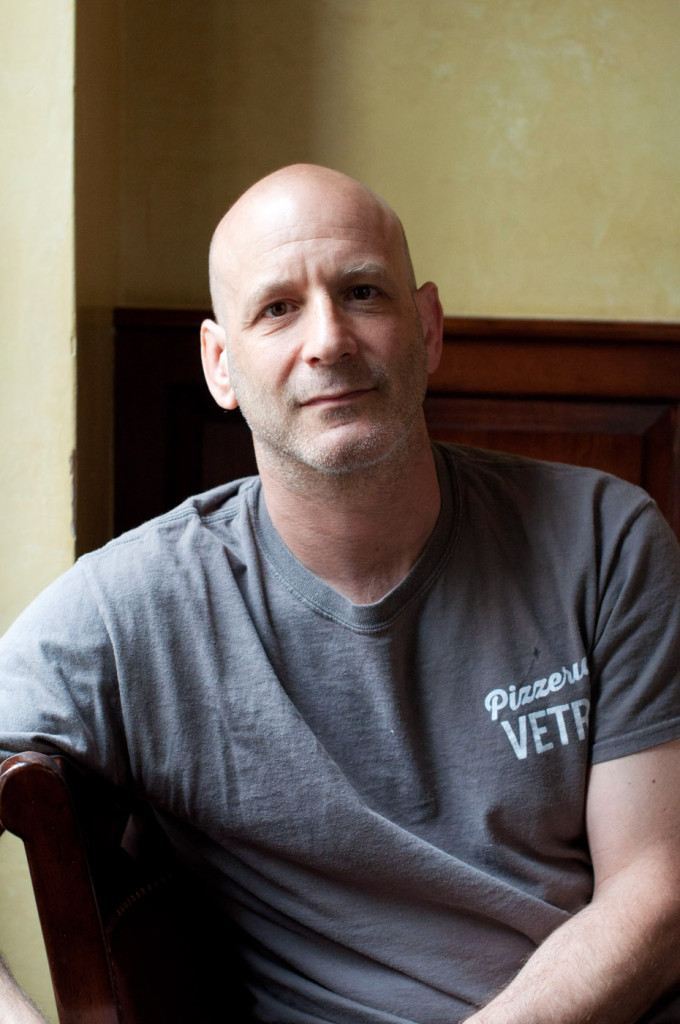

The chef––himself Philly-born––had moved to Los Angeles in the early ‘90s and was working under Wolfgang Puck when the chance to learn to make pasta in the old country presented itself. “I was kind of bored with L.A. I had an opportunity to go to Italy, and so I went.”
“I spent a year and a half learning,” Vetri recalls. His first stop was Bergamo, but he subsequently explored other regions by way of a rotation through restaurant kitchens. “I worked at six different restaurants there.”
In Italy, Vetri was exposed to a style unlike the one to which he’d become accustomed. “It was completely different. I was coming from Los Angeles in the early ‘90s and ‘California cuisine’ was prevalent––basically you stick anything with anything and as long as it looks cool, you’re okay,” he recalls.
“But this food made sense. There was a reason why this went with that. There was a simplicity, to highlight the ingredients––not the architecture, not the color of the dish––but the ingredients,” Vetri continues. “It’s pretty cool.”
In Vetri’s recollection, which is romantic and reverent and apropos of what we’ve come to idealize about Italian food culture, he notes that it was more than just the dishes that made the experience transformative. “It was the whole thing––learning the culture, the stories, the philosophy, the aromas––it was everything.”
The endearing candor with which information metastasized through those kitchens was also a contrast to stateside customs. “[The chefs] were the nicest guys ever. There were no secrets in the kitchen. When they had something really amazing, they were excited to show you,” Vetri says.
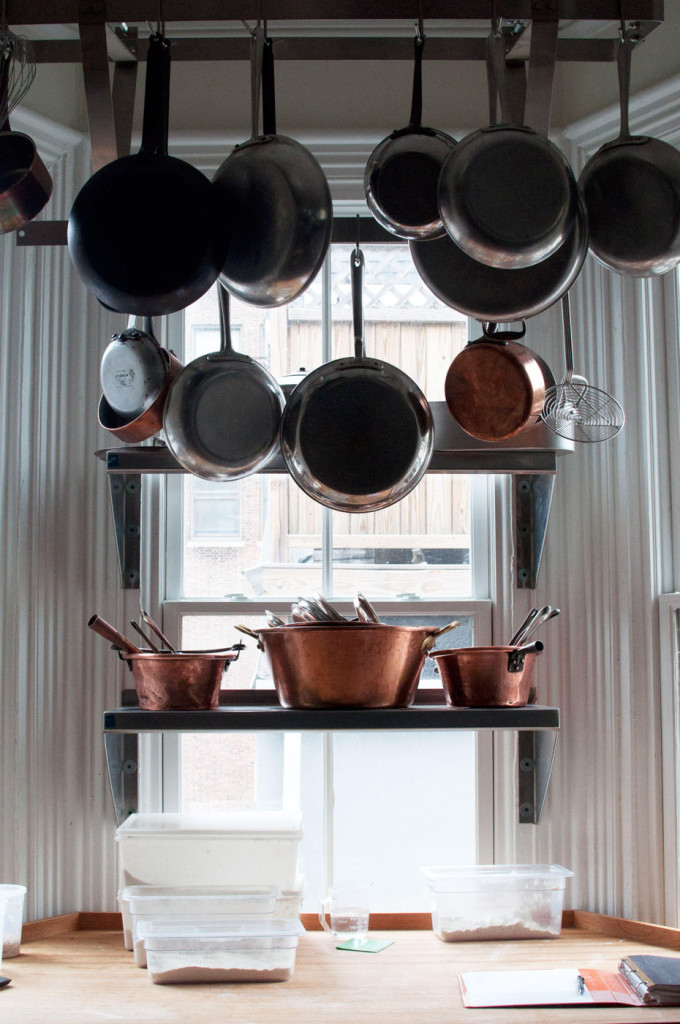
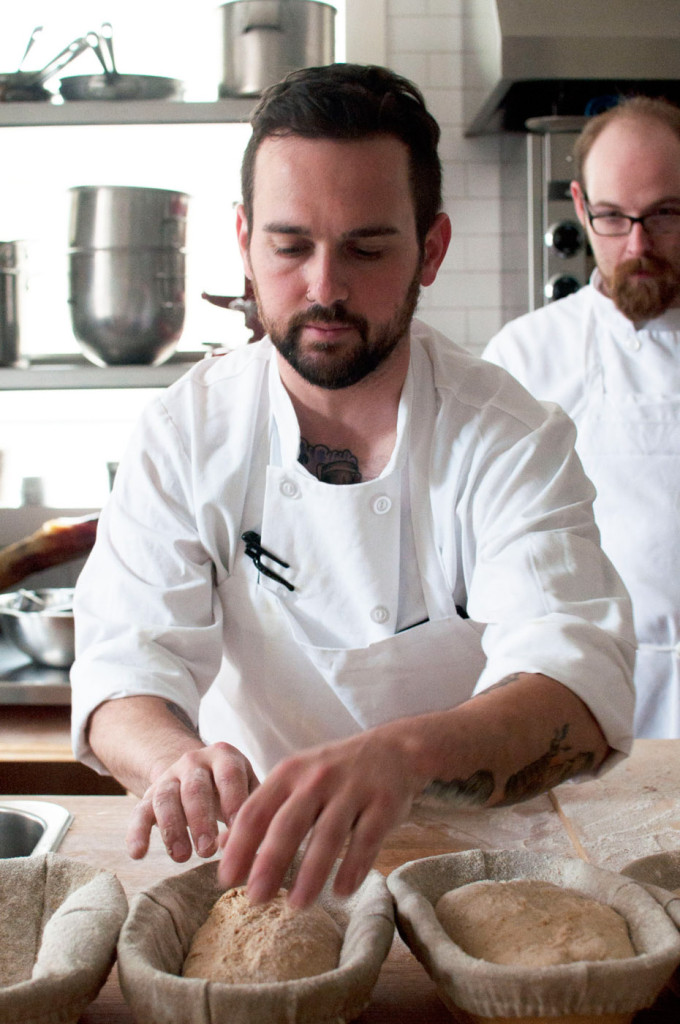
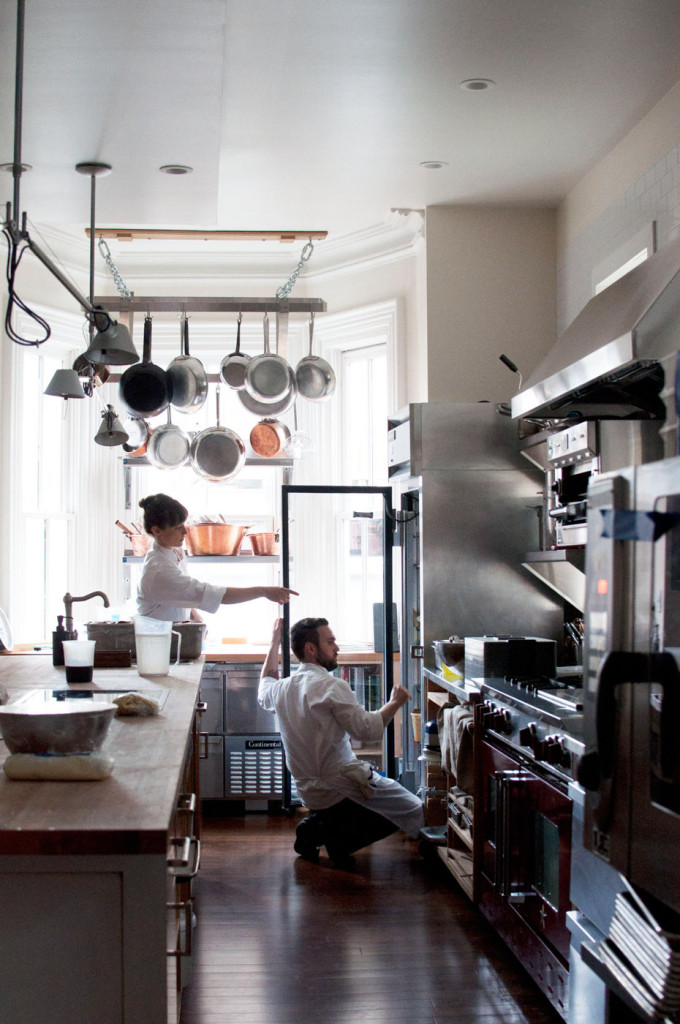

That proclivity for passing on something special stuck with Vetri. From the tasting menu style of this restaurant, to the espresso he hand-pulls for me (a swift response to my inquiry on where I might find a good cup of coffee in town), the tenet of sharing those things that excite him most is one to which he personally adheres.
When he returned from Italy, Vetri imported not only the fundamentals of pasta making and Italian cuisine, but those ideals as well. He then began to introduce what he’d picked up to a Philadelphia community that––at the time––was far more comfortable with familiar red-sauce style Italian options.
“When I first opened, it was more about, ‘Where’s the red sauce? Where’s the veal marsala?’ I’d say, ‘Well, I don’t have veal marsala, but I have sweetbreads with thin-sliced prosciutto,’ and they’d say, ‘What’s a sweet bread?’ Vetri explains. “There was a little bit of a learning curve.”
Nearly two decades later, Vetri no longer needs to play teacher for a new school of Italian cooking. Having been no doubt instrumental in its evolution, he’s since been able to observe the maturing national palate as patriarch of his gradually expanding restaurant group.
“[Food culture] has evolved. [Now] it’s more about stepping out of the comfort zone and opening [diners’] minds to a different way of thinking,” Vetri reflects. “I’ve had this restaurant for 17 years. Every four years, some national magazine writes that food from Italy is coming back, or that simple food is coming back––like it was ever gone.”
His induction into a kinship of Italian chefs, along with his dedication to continually developing his methods (“There’s always more to learn,” he tells me), have made Vetri nearly synonymous with the craft of handmade pasta. But his appreciation of the cuisine was originally born in his own family’s kitchens.
“I’ve always loved it,” Vetri muses. “I used to make family meals with my father’s side of the family; big Sunday dinners––lasagna, meatballs, artichokes. I always wanted to head down there early and learn how to make things.”
The family dynamic, be it among his own relatives or the kind found in the kitchens at which he matriculated, has become an integral theme in Vetri’s life––both business and personal. “I always had a very close family. Mom and Dad are still together; it’s been 55 years. I have a family now, my wife and three kids,” he shares.
Professionally, this spirit is evident in each of Vetri’s range of restaurant concepts––all of which are housed under the aptly named “Vetri Family” umbrella. But it is perhaps most pronounced in his increasingly impactful and well-established philanthropic efforts.
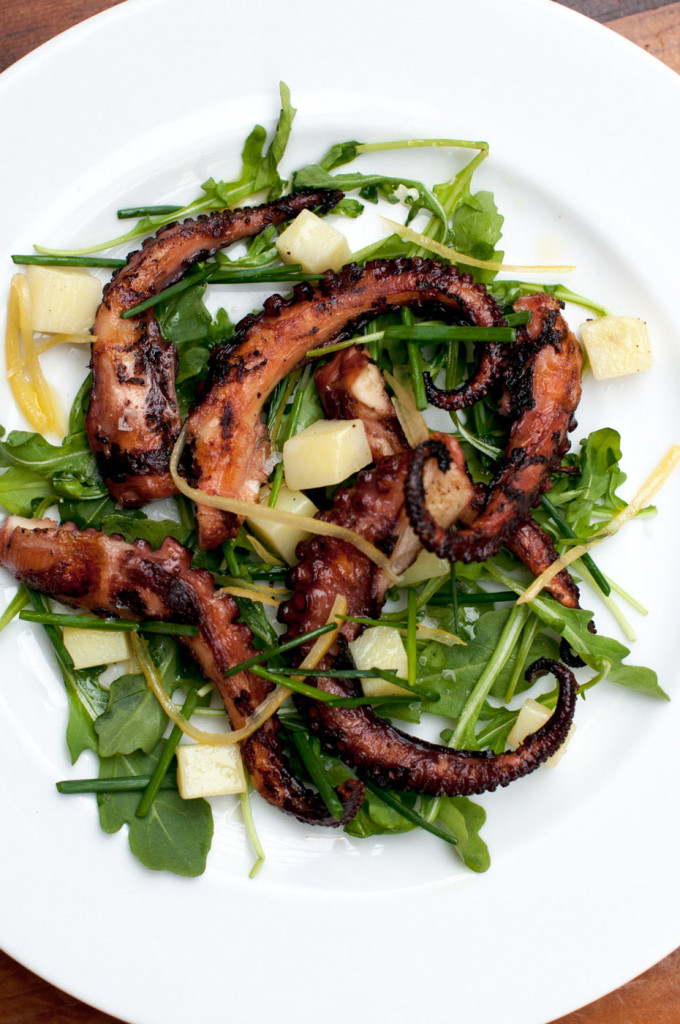
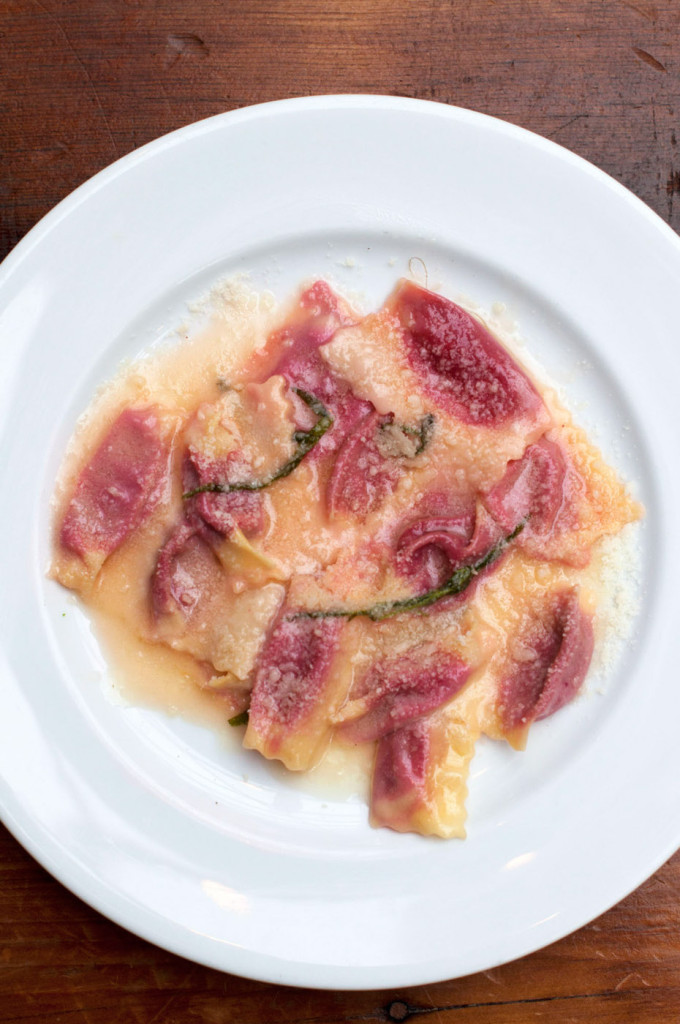
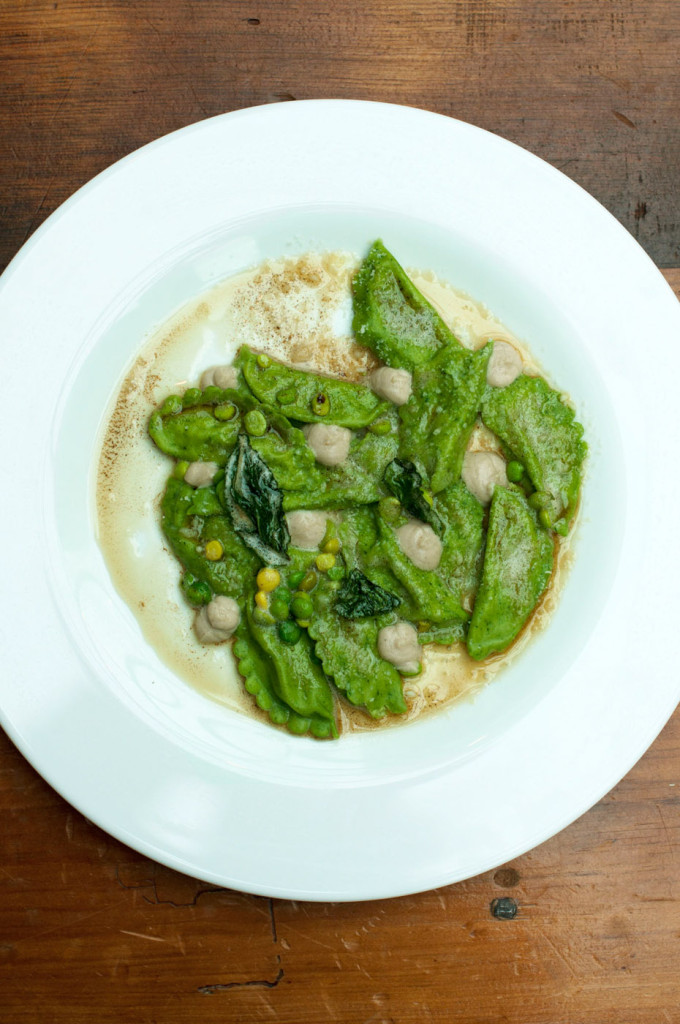
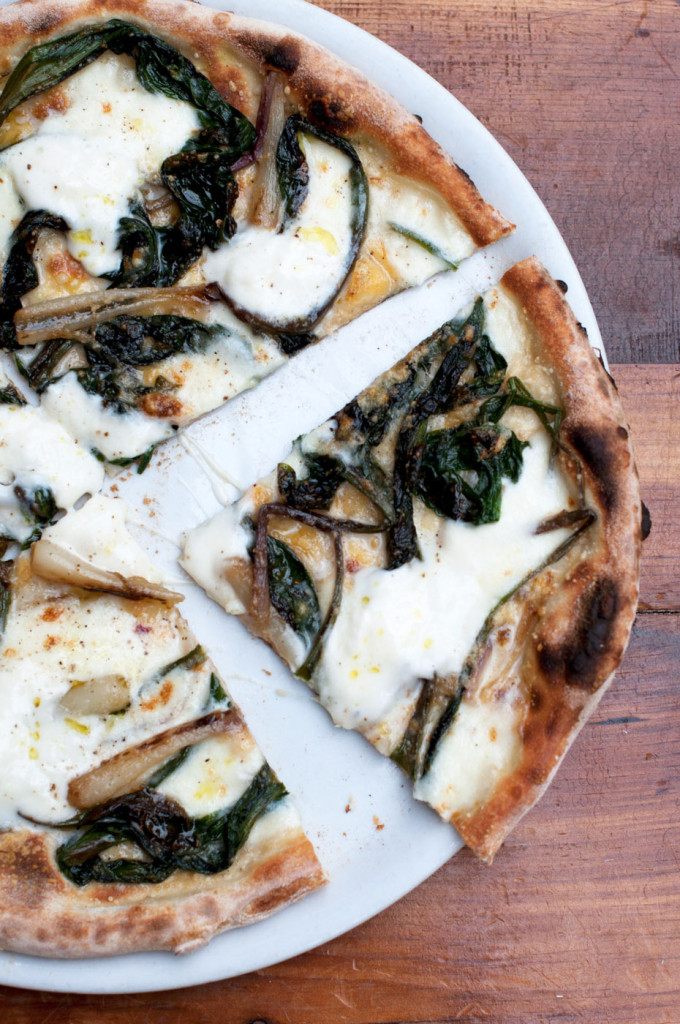
—
Even though at present, Vetri is sitting with me at his restaurant sharing details of his past, elsewhere in the city, the chef is actively involved in building a future.
As we speak, in a Philadelphia school not far away, there is a student––probably about nine years old–– who, in just a few hours, will be gearing up for meal service. Not unlike the chefs right here in Vetri’s kitchen, he’ll pull on his chef’s coat (a pint-sized fit), and prepare to take part in serving a freshly made, nutritious meal.
And while this student is “captaining” the experience, a group of his classmates will sit down to dine together. They’ll be introduced to the meal’s creator, a grown-up chef, that will explain what they’re about to eat and why it’s going to be so good for them. They’ll be expected to share—family style—passing dishes around the table, serving one another, and engaging in tableside rituals rarely taught before the ages of first dates and job interviews.
Totally absent is the picture from cafeterias of my own youth—my classmates casually abandoning red plastic trays for the catering staff to contend with once slices of reheated pizza and piles of cold fries had been polished off. I recall the sluggishness in the wake of the lunch wave, the mental fog undisputed by empty calories and the inevitable crash from saccharine-heavy vending machine snacks.
It’s thanks to the team at Vetri Foundation that, at certain schools, this latter scene is a thing of the past.
In 2008, the Vetri Foundation was created, and according to its mission statement, its intention is, “to help kids experience the connection between healthy eating and healthy living.” The foundation accomplishes this in part by partnering with local schools to improve lunch programs––among a growing list of initiatives.
Vetri explains, “We saw this need for kids to understand food better. We started with schools right away because the lunches are just horrible. We came up with our own school lunch program––all family style.”
When a partnership is formed between the Vetri Foundation and a school, the organization sets to work building a menu. The foundation’s chefs then train the school’s food service professionals with respect to execution and service. Vetri explains, “The goal is to go in for the first couple months and support them, and then let them take over.”
The foundation provides anywhere from one to five meals per week, depending on the school, with an emphasis on basic, approachable fare. “[They’re] simple meals,” Vetri describes. “We’re not reinventing the wheel; it’s just fresh.”
The program focuses not only on providing nutritious food, but also aims to teach students, helping them create a cognitive connection to what they consume, and an understanding that can be exercised outside school walls.

Each menu is introduced by its chef––an opportunity to educate and excite kids about what they’re eating and why it’s good for them. The foundation believes that students also develop a stronger regard for those that create and serve their meals by being directly connected with them.
And beyond healthy eating, mealtimes are a medium by which to address ancillary skills––those relevant outside the lunchroom––like sharing, communication, respect and manners.
Through “eatiquette,” one of the foundation’s concepts, kids are actively a part of hosting the meal. These designated “captains” are assigned on a rotating basis. The importance of passing, politely engaging with and serving one another is emphasized. When lunch concludes, the entire group works together to clear and cleanup.
From soup to nuts and pleases to thank yous, the concepts are ones that Vetri believes will follow students when they leave school. “They take this home to their families,” he says. “They start to ask, ‘Hey, can we eat this? Can we have that? Can we all sit down together and eat?’ It’s a huge impact. They really get it.”
And the program has begun to reach beyond the lunchroom as well. “Now we’re getting into the classrooms,” Vetri says. “[We’re] doing more curriculum and teaching––more than lunch. It’s been a really awesome evolution.”
With the program’s success in Philadelphia, I wonder if he believes the model is scaleable. “Absolutely,” Vetri says. “What’s always the holdup? It’s government. It’s adults. It’s change. The kids are not the problem, ever,” he continues. Administrators, he says, dig in with a this-is-how-it’s-done obstinance. Vetri argues, “Sure, you did it like this for the last 30 years, but before that, you made real food! So let’s change it back. Let’s make it real food again.”

—
As our own lunchtime approaches, Vetri offers a tour of the recently remodeled restaurant, a classic Philadelphia townhouse converted. We happen into a group of his staff in a second floor kitchen, collected around divided balls of dough whose post-oven destiny is to fill diners’ bread baskets.
They’re examining, intensely discussing the chemistry at work before them. There’s a mien of patience––a kindness and respect for one another as they ask questions and exchange information, and an excitement about their findings. I watch Vetri watching his team, and I think of his own Italian mentors. I imagine some of that influence is at play here, the attitude of encouragement and enthusiasm contagiously passed down through generations of dedicated cooks.
“A lot of other restaurant groups are corporations,” Vetri told me earlier of the name of his company, “but I really think we’re a family.” While I muse about the ways in which this scene supports his point, with its residential-style kitchen and the parental manner in which Vetri observes his staff’s project, he interjects to show me a myriad of his pastas currently drying.
With so much on his own plate and decades behind him, I ask what keeps him energized. “I’m easily excitable,” Vetri laughs. “I just love it, I love food. It’s all exciting. Life is exciting.”
Vetri, the restaurant, has recently begun milling flour in-house, so we chew over the varieties of grains, the textures of flours, the flavors that various combinations can create. I’m curious if over the years––through the many experiences and the experiments, the settings and the services––there has been a pasta or preparation that made a particular impact on Vetri.
“All of them! I’m not into ‘number one.’ I don’t have a favorite pasta. It’s the one that I’m eating for lunch this afternoon. That’s my favorite pasta,” he says. “My favorite meal might just be a hot dog because I’m having it with my wife. The best moment, the best thing you’re eating––it’s the one you’re having right now,” Vetri continues. “And the next one is going to be even better.”
While Vetri’s passion is evident—he appreciates quality ingredients, reveres classic technique and exemplifies a sturdy understanding of the chemistry that makes it all possible—he is emphatic that good food is simply a fulcrum around which to engage in human experience, to enhance relationships and to share with family.
I look around the dining room. How many family meals have these tables hosted? How many birthdays, anniversaries and engagements, how many quarrels and compromises, reconciliations and reconnections have taken place over plates of Vetri’s pasta? How many interactions has he facilitated over almost two decades and across eight restaurants?
Vetri recommends that we visit Osteria, his crosstown bistro, for lunch before I hit the road again, and we happily oblige.
Once there, in addition to his now-famous pastas––a paper thin plin translucently teasing a rosewood-colored beet filling within, and an English pea ravioli, each piece shaped to resemble actual pea pods and dotted with mortadella mousse––we swoon over an honest vegetable antipasto, we carbo-load on the bread basket (one to which we pay particular attention having witnessed its bakers’ devoted process).
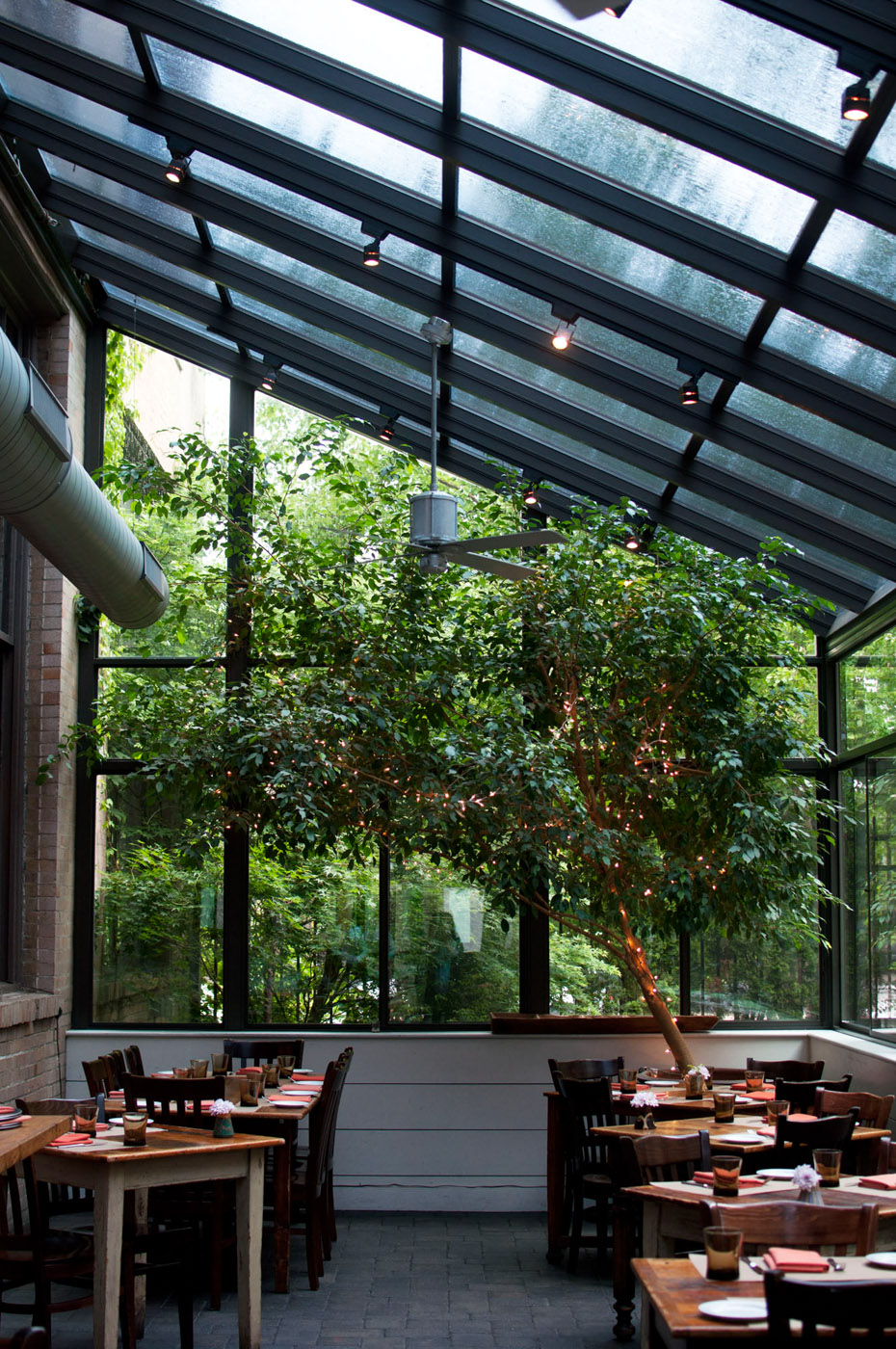
There’s a sentimentality to the dishes—a nostalgic simplicity typically reserved for home-cooked meals. Having my own Italian heritage, its rusticity and soul transports me to my grandparents’ Sunday table, the smell of tomatoes simmering on the stovetop, diving into an antipasto fresh from my grandfather’s garden. It’s elemental, unfussy and delicious.
The food is clearly a focal point, but I note––as we pass plates back and forth, encouraging one another to have some more of this or to try some of that––that it is over the meal that myself and our photographer, whom I’ve only met this morning, become fast friends.
The basic, grounded nature of his meals is why, despite the manic ebb and flow of food trends over the past several decades, Vetri’s restaurants have not only withstood, but have flourished. Because passion, classic technique and tradition, food that tastes and feels good, fundamentals and a sense of family—those are things that never really go out of fashion.
These days, it’s unusual to find a restaurant with the kind of history, heritage and heart that Vetri Family brings to each of its many tables: be it the working tables of its staff, the family-style lunch tables of the foundation’s students, or the many reserved tables at which diners create their own memories. Regardless of the table setting, one thing is clear––Marc Vetri is a family man.
—
Osteria
640 N Broad St, Philadelphia, PA 19130







Our comments section is for members only.
Join today to gain exclusive access.